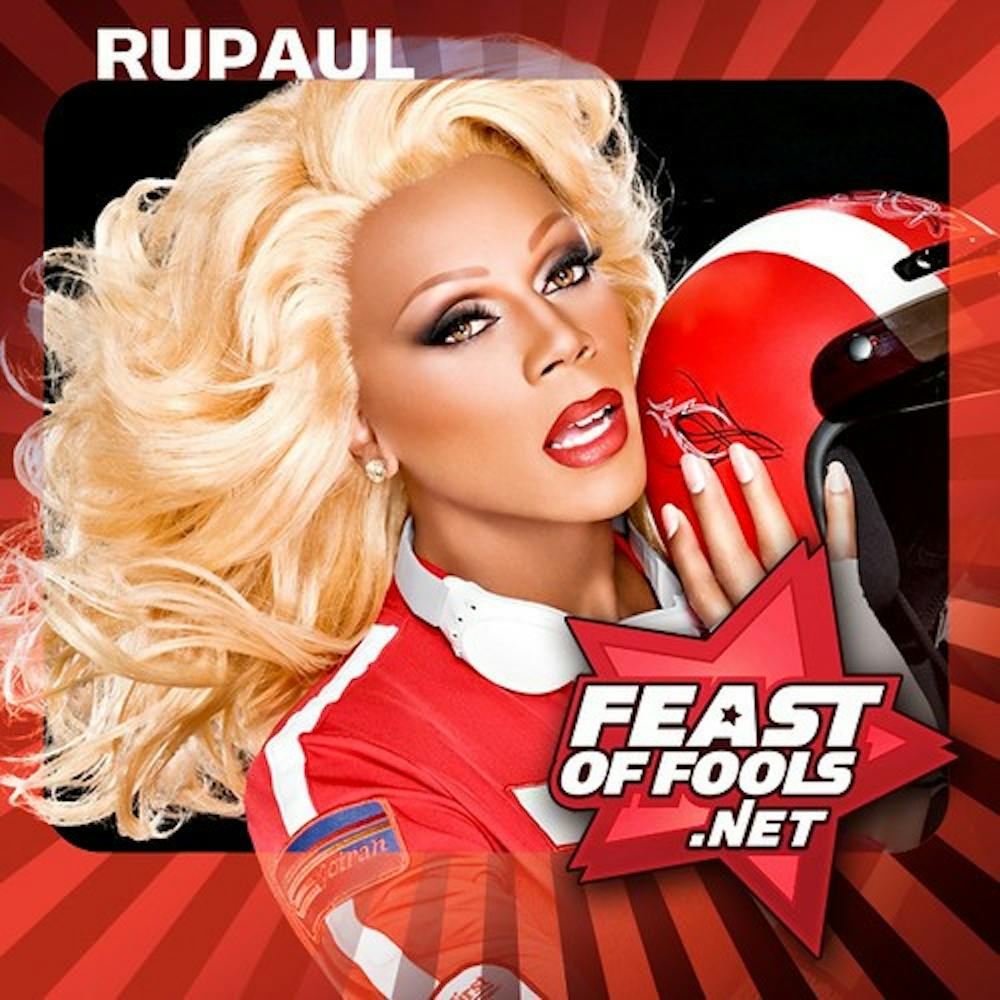Meet Maddy Morphosis: Straight Queen on Drag Race

A straight man has been cast on “RuPaul’s Drag Race,” so, hooray for representation.
Maddy Morphosis, a drag queen from Fayetteville, Arkansas, is one of the 12 queens still left competing on the 14th season of “RuPaul’s Drag Race.” Maddy has been controversial since the initial cast announcement when it was revealed in her promotional materials that she was “Drag Race”’s first-ever cisgender, heterosexual male contestant.
The announcement was immediately followed by a string of tweets, articles about those tweets, reaction videos, and think pieces. Maddy’s controversial casting was to be expected. “Drag Race” is the only long-running television program of its size to feature all queer contestants, performing a specifically queer artform. The show has had its ups and downs in terms of representation, but it has always been a show by queer people and for queer people.
Now, meet Maddy Morphosis.
Much of the initial opining on Maddy was less about the queen herself, but the very idea of a straight drag queen existing, or, more specifically, being showcased on “Drag Race,” a program that typically makes of specifically showcasing queer artists.
Since the season premiered, the fervor has largely died down. There are still jokes being made online, yes, but the controversy has dulled to a low-level hum for the first time since the cast announcement. However, this is less due to any change in opinion about the show’s decision to include her, and more because Maddy is a low-key personality. Bluntly put, she is a nondescript presence who would be entirely boring if not for her sexuality, and she doesn’t make for particularly compelling television, straight or not.
Yet, despite the havoc dying down, Maddy’s dull personality is actually making things worse for her. As of Jan. 31, she’s been on three episodes and has managed to: give a competent but unexciting musical performance in a talent show challenge, consistently wear outfits that feel pedestria –– not due to lack of funds but due to lack of imagination –– and barely scrape through a bottom two lip-sync only because her competitor completely fell apart. RuPaul has all but directly told her that she is just not fabulous enough for the competition, and, on this, RuPaul is right.
It’s becoming increasingly clear that Maddy was not cast alongside her identity as straight, but solely because of it.
Maddy Morphosis is not a bad person. It’s clear that she has a passion for performing, and she has been a respectful competitor throughout: friendly with the other contestants and never taking up too much space. She rarely inserts herself or her identity unless asked directly and is always willing to listen to another queen’s stories about queerness. It’s not Maddy herself that’s the problem, it’s the show.
“Drag Race” has a history of excluding trans contestants. It’s gotten better in recent years, but for years there was a specific resistance to cast transgender women on the show. There were multiple queens who came out either during or after their season aired (and some returned to All-Stars seasons), but the general messaging was that the show was not for trans women.
This was compounded when, in 2018, RuPaul made a comment in a Guardian profile that the show would not have accepted Peppermint, a trans woman and a contestant on season nine of the show had she already begun gender-affirming surgery.
“You can identify as a woman and say you’re transitioning, but it changes once you start changing your body. It takes on a different thing; it changes the whole concept of what we’re doing,” said RuPaul.
These comments are egregious when taken in context with the history of drag, which has always included and been led by trans women, both before and after they’ve begun their transitions. In fact, trans women specifically developed the form of drag that “Drag Race” draws upon most strongly: the Harlem ballroom culture, specifically the era portrayed in the 1990 documentary film, “Paris is Burning.” Each season, “Drag Race” runs a ball challenge and a reading challenge, both of which specifically draw on the language that “Paris is Burning” reified in popular culture. When RuPaul says that she doesn’t want post-transition trans women on her show, it’s a slap in the face to the very people who developed the language she based “Drag Race” on.
Since those comments were made, there have been multiple trans women on the show. The last All-Stars Season was won by Kylie Sonique Love, the first contestant to ever come out as a trans woman on “Drag Race,” back on the reunion episode of season two. Season 14 is the first non-All-Stars season to include multiple trans-women, such as Kerri Colby and Kornbread “The Snack” Jete. That progress is not enough to justify casting a straight man for the shock value, especially if that straight man can’t perform at the level the show requires.
Given “Drag Race”’s history of problematic casting, watching Maddy Morphosis stumble through season 14 feels especially difficult. After years of not casting the people who developed the scene the show is based on, they’ve cast someone solely to make a point of her identity — and it’s a straight man.
The majority of Maddy’s screen time has inevitably been devoted to her straightness. Each time the queens are portrayed as listening and learning something, and they inevitably reiterate the idea that drag is for everyone. That’s true. However, the history of “Drag Race” is not based on the idea that “everybody can do drag.” It’s based on the idea that there are very specific people who can be on the show. Maybe everybody can do drag, but not everybody should do “Drag Race.”


Please note All comments are eligible for publication in The Justice.